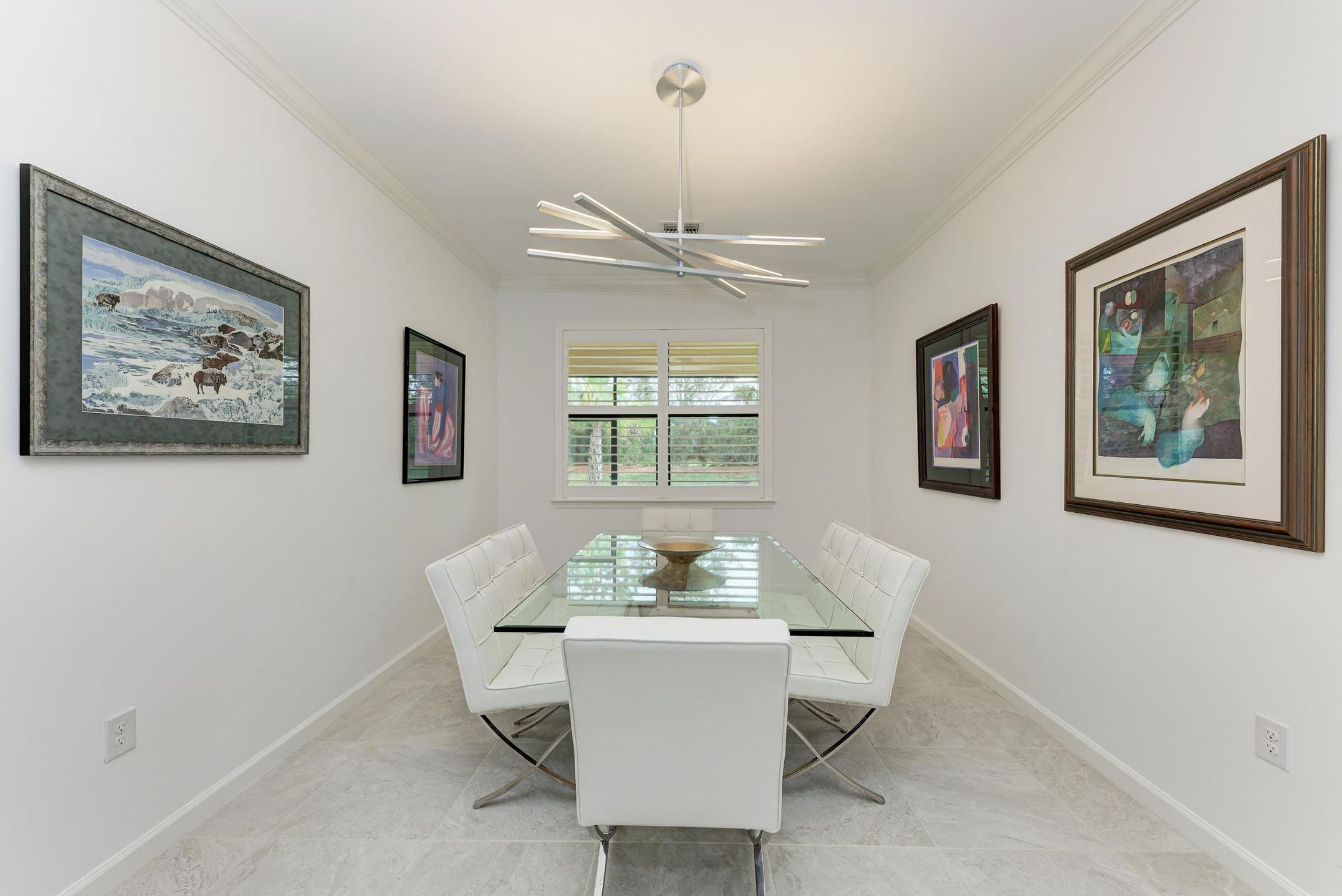When you’re window shopping for houses online, there are catalogs of photos showcasing every corner of the property. While these professional photos highlight the best rooms in the house, it can be difficult to visually picture the home without visiting the site. That’s why most realty websites will include a floor plan of the property from an aerial view.
A floor plan is a blueprint of the home that includes the room’s dimensions and the location of doors, windows, and staircases. Learn some tips and tricks for studying floor plans to pick out the best home for you.
Natural Light Should Guide Your Floor Plan Choice
Natural light can influence your well-being, energy consumption, and even property value. As you look at a floor plan, determine how much natural light each room gets by counting the number of windows and considering room orientation.
Analyze Window Placement
A home with many windows, especially in living areas and bedrooms, lets in ample natural light for homeowners. Scan the floor plan to see if there are any rooms with a single window or minimal windows on a single wall. Avoid layouts with limited or poorly placed windows as this can make the space feel claustrophobic.
Understand Room Orientation
Certain rooms benefit from natural light more than others, and there are best practices to optimize natural light in some areas. Here are some examples:
- Living rooms should face south or west to take advantage of daylight.
- Bedrooms, especially in warmer climates, receive softer morning light when pointed east.
- Kitchens benefit from lots of windows to improve functionality and ambiance.
Check if the floor plan aligns rooms with how sunlight moves throughout the day. This way, you can save money on your energy bills from artificial lighting.
Consider Skylights and Additional Features
Because a floor plan is a top-down view, you may not know if the home features skylights or other architectural aspects. Multi-story homes can sometimes have dark areas, and skylights can provide an elegant solution by inviting sunlight into tricky-to-light spaces. Keep skylights in mind for your staircases or bathrooms to let in more natural light.
Prioritizing Privacy in Floor Plans
No one wants a living room where neighbors can see everything happening inside or a bathroom that opens straight onto the hallway. Look out for entryways or rooms that lead into open spaces in your home to keep your home private for your family and guests.
Avoid Line-of-Sight Overlaps
Some floor plans look great on paper but feel intrusive in person. Check whether the main living areas, like the living room or kitchen, face public spaces such as streets or shared pathways. A more private layout will position these rooms inward or use thoughtful landscaping near the windows.
Assess Bedroom Separation
Each bedroom should provide enough privacy to make them secluded and restful environments for your family and guests. Look for layouts with these qualities:
- Primary bedrooms are away from high-traffic areas like the entryway or common areas.
- Guest bedrooms have privacy with a separate hallway and bathroom.
- Home offices are centered in a quiet area of the house with minimal disturbances for focus and productivity.
If the spaces feel too crowded, you could encounter noise or congestion in everyday life. Separate these areas so that everyone in your home is comfortable.
Check Bathroom Access
Pay special attention to bathroom locations, especially in shared spaces. Bathrooms shouldn’t directly face dining areas or living rooms. Prioritize layouts with shared bathrooms isolated at the ends of hallways and private bathrooms for the bedrooms.
The Importance of Outdoor Living Spaces
Many photos of houses leave out the outdoor areas in their visuals. With a floor plan, however, you can visualize the exterior layout of a home. Whether you prefer entertaining guests, relaxing on weekends, or creating a family-friendly space, choose an outdoor area that best fits your needs.
Inspect Yard Access Points
Look for floor plans that offer easy outdoor access from shared spaces like the kitchen or living room. Sliding glass doors and French doors leading to patios or gardens are easy ways to add natural light and provide functional access to your yard. Pick a layout that makes it more convenient to enjoy outdoor spaces.
Assess the Size and Layout of the Outdoor Area
For those with numerous outdoor hobbies, tailor your the size and layout of the outdoor area to your needs. Browse layouts that include patios, garden space, balconies, and rooftop decks for outdoor activities. You should have enough space to easily navigate your yard.
Factor in Privacy for Outdoor Areas
Privacy extends to your outdoor areas as well. Floor plans on smaller lots can feel exposed, so add features like tall shrubbery or fencing if your home allows it. Find places in the floor plan that allow for additions to outdoor areas.
Flexibility for Future Changes
A floor plan might work wonders today, but lifestyles can shift, and you may need more or less space down the line. Choosing a flexible layout lets you design the home how you like it, even if your perspectives change. Find out ways to evolve your space with these tips.
Multipurpose Rooms
Look for spaces that you can reimagine easily over time. Here are some ideas:
- A living room in a den could later transform into a home office.
- A guestroom might become a workout studio.
- Walk-in closets could double as small home libraries.
As your interests change, these rooms can grow alongside you. One trick when studying floor plans is to keep transitions and lifestyle shifts in mind.
Expansion Opportunities
Once you settle into a lot, you can make home improvements both inside and out. Consider whether future expansions are feasible. Ask yourself if there is space to add rooms without undermining the current design or if outdoor areas leave space for additions like decks or utility areas.
Homes with fixed structures or limited outdoor areas can be difficult to change. Keeping these features in mind will help you determine if the layout is the right fit.
Ensure Accessibility
If you’re planning for a long-term home, choose an accessible living space. Single-story layouts, wide doorways, and open spaces provide flexibility for aging individuals who may need extra help with mobility. This way, you won’t have to worry about finding a new home when you get older.
When you first look at a floor plan, it may be a little confusing. Use these tips to help you identify excellent natural light and opportunities for expansion. If you’re looking for new homes for sale in central Florida, get in touch with our team! Our realty specialists assist retirees looking to relocate. Discover the countless floor plans we have to offer today!





